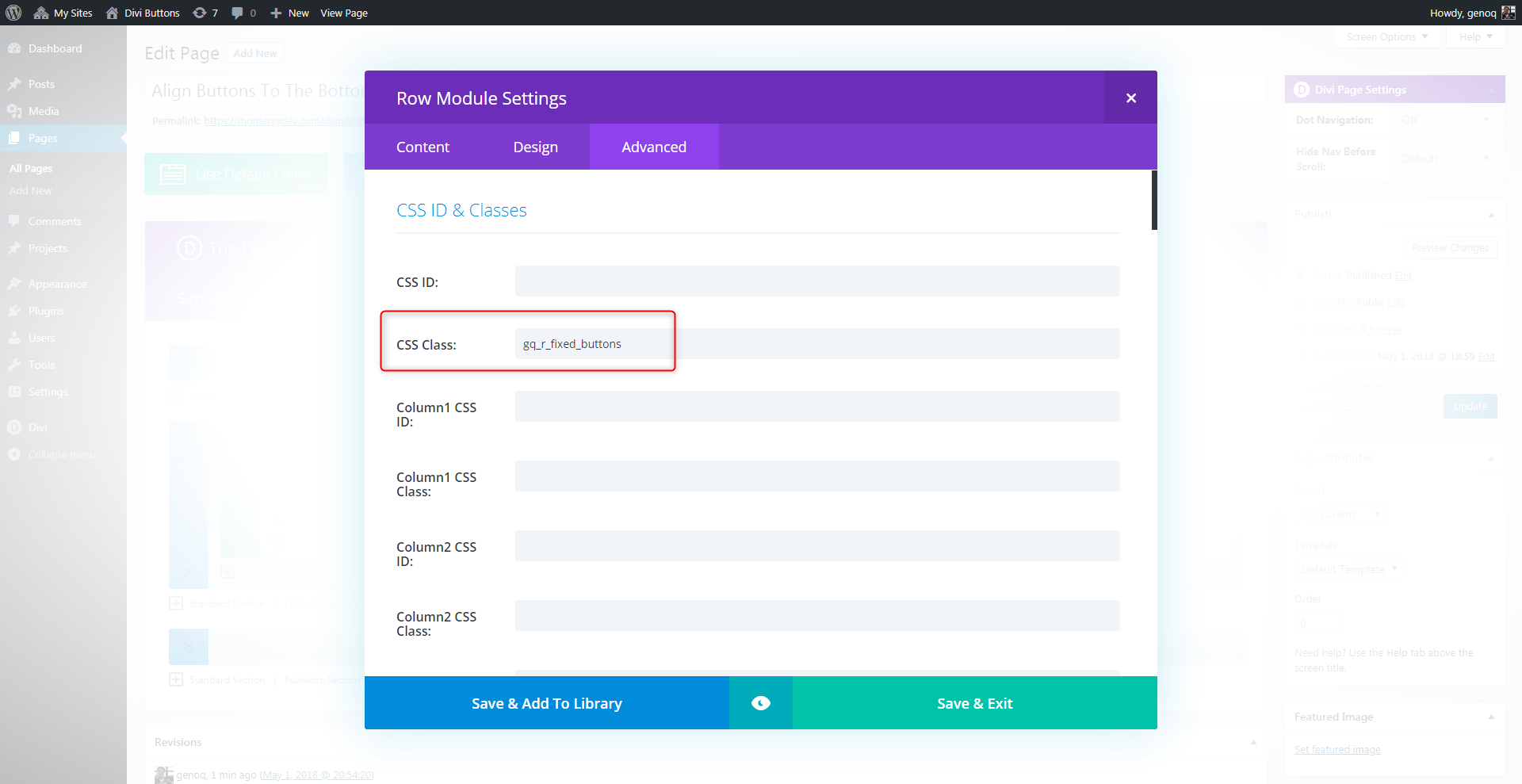

A column can have a fixed size from 1 to 12, when a column has a fixed size, it will only occupy enough space to fill the correct percentage of space allowed when this space is divided into 12 columns. The layout grid within Blocs is broken up into 12 columns that are evenly sized to fill the available main site container space. The easiest way to resize a column is to select it on the design canvas and simply drag the resize handle located on the right side of the column selection marker.

The easiest way to select a column is using the layer tree.Ĭolumns have various width settings that can be applied using the canvas controls or via the sidebar inspector controls. Selecting a columnīecause the content that is nested within a column may occupy the entire space of a column, it can be tricky to select them directly via the design canvas. When the last column within a row is deleted, another empty one is automatically added. If we run the app again, we can see that pressing the back button dismisses any pushed routes, and only if we press it again we leave the app.A columns parent row cannot exist without containing at least one column, this means it’s impossible to delete the last column within a row. Note how the onWillPop() callback to returns false if the current navigator can pop, or true otherwise. Registers a callback to veto attempts by the user to dismiss the enclosing This is done with the WillPopScope widget, which controls how routes are dismissed. If you know of a better way, please let me know.Ĭlass BottomNavigation extends StatelessWidget But CupertinoTabScaffold is not very customizable, so here we will roll out a custom implementation. The same result could be achieved using CupertinoTabScaffold, which supports multiple navigation stacks.See the Navigation basics tutorial, as well as the Navigator, MaterialPageRoute, and MaterialApp classes for more context. This article assumes you are familiar with navigation in Flutter.Want the longer and more interesting explanation? First, a couple of disclaimers: Don't forget to handle Android back navigation with WillPopScope.Each child is an Offstage widget with a child Navigator.In the Scaffold body, create a Stack with one child for each tab.Create an app with a Scaffold and a BottomNavigationBar.This is so that we don't lose the navigation history when switching tabs. What we want is for each tab to have its own navigation stack. Here's an app with a BottomNavigationBar: No, ladies and gentlemen, we're going to make this interesting. Today we're going to look at navigation in Flutter.


 0 kommentar(er)
0 kommentar(er)
